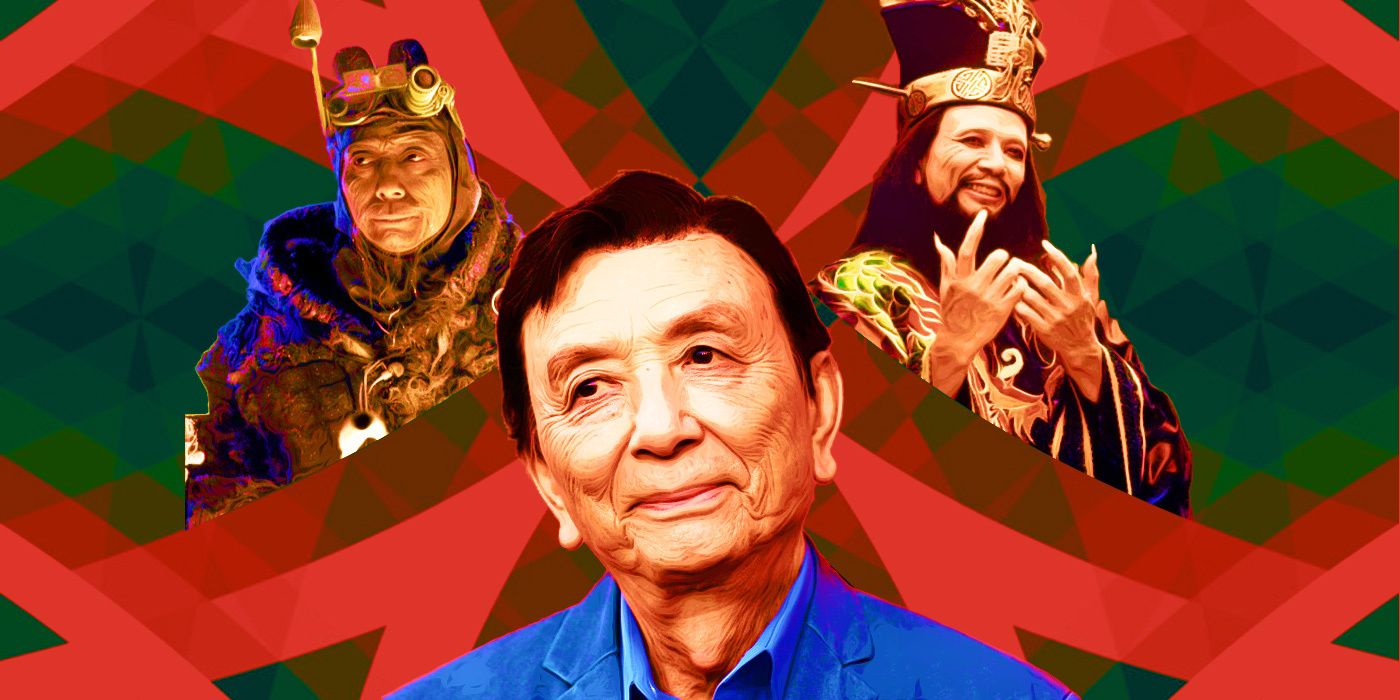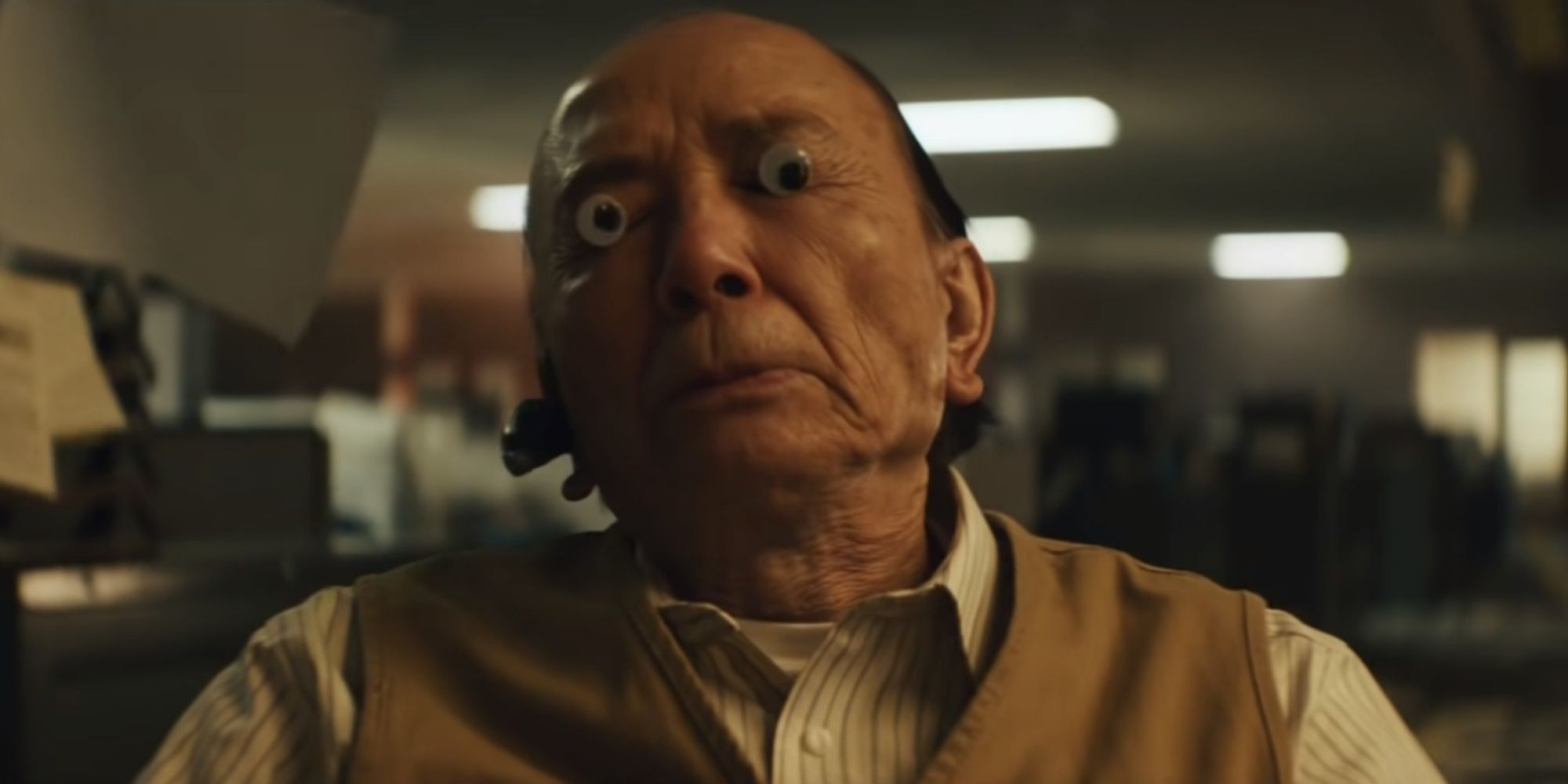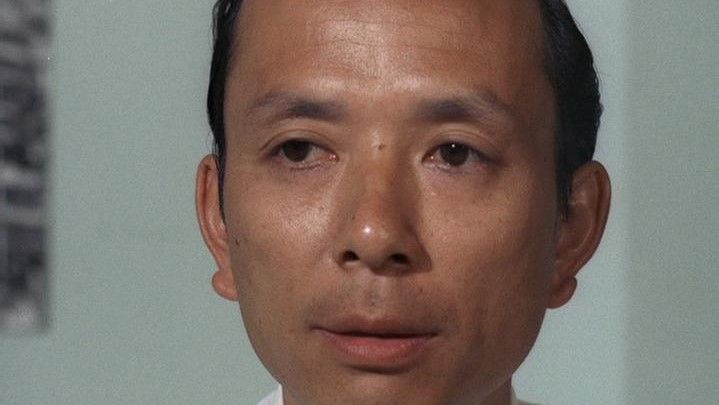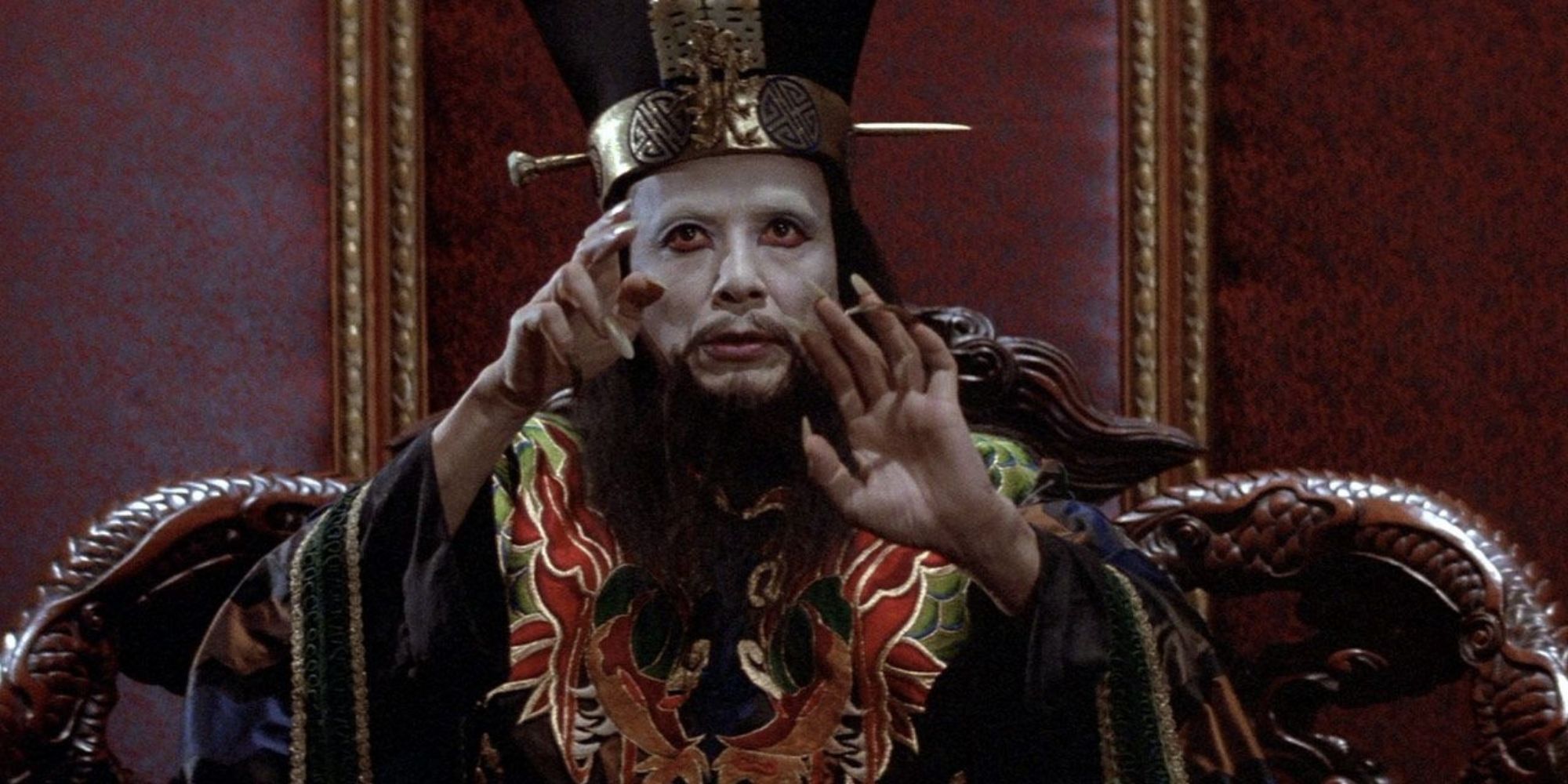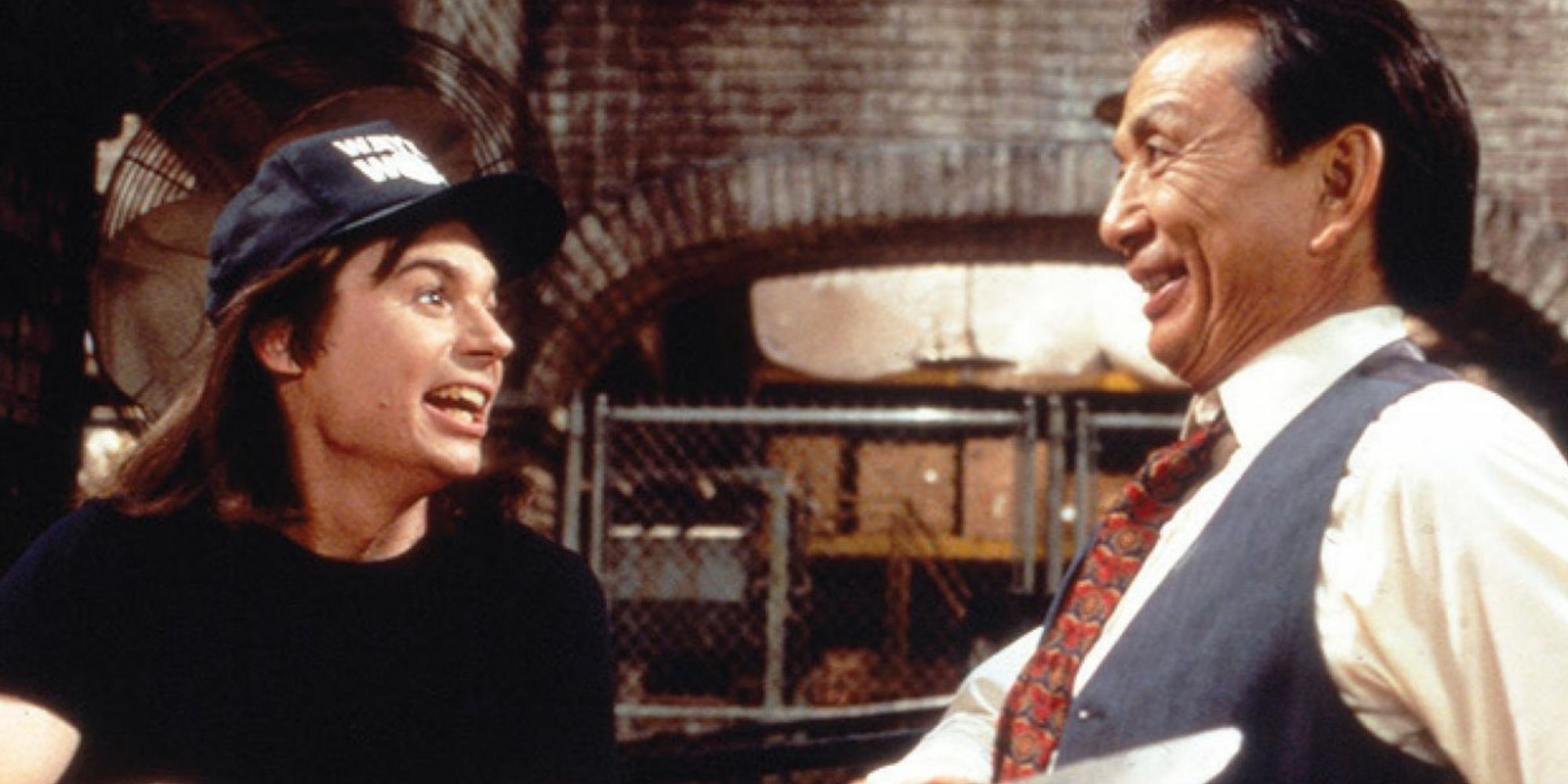You just can’t stop James Hong. Even at age 93, the actor appeared in two of the more noteworthy movies of 2022 so far — Turning Red and Everything Everywhere All At Once. And considering the work ethic of the veteran character actor throughout his career, this should come as no surprise. It's also no surprise that he continues to be a joy to watch every time he shows up onscreen. With his IMDb acting credits totaling more than 500, he is arguably the most prolific actor in history. This is no doubt due to a willingness to take bit parts in a wide range of movies, TV shows, video games, and pretty much any medium befitting of his talents, and what’s amazing is how much of an impact he’s able to make with each character he plays, even when most of them rarely appear for more than a scene or two.
What’s also remarkable about James Hong’s all-encompassing presence in the last eight decades of film and television is not just that he’s appeared in so many things, but also the breadth of the type of material he is always game to tackle. Whether it’s comedy or drama, a movie where he’s covered in prosthetic make-up or voicing an animated CG character, a big-budget blockbuster or a YouTube cooking show, he always throws himself into whatever role he’s given with the utmost enthusiasm. Because of this willingness to wholeheartedly embrace any role, we’re also still getting delightfully outlandish and absurd turns from Hong, his most recent credit in Everything Everywhere All At Once, which he said in a recent interview is the strangest movie he’s done (though there are plenty of other worthy contenders). It all seems to be born out of a love of performing, as well as a philosophy toward acting that proves the time-honored adage that there are no small parts, just small actors.
It’s hard to separate Hong’s mind-boggling number of screen credits from the fact that he began acting during a time when Asian-American performers were by no means guaranteed a career in show business. Born to Chinese emigrants in Minneapolis, Hong began his career performing when he was in the U.S. Army during the Korean War, often entertaining other soldiers before organizing his own live shows, which he found far more desirable than his army service. He moved to Los Angeles after the war and got his start dubbing Asian films that were exported to America, the most famous being 1956's Godzilla, King of The Monsters!
From there, he also started working in TV with small bit parts that eventually led to a co-starring role on The New Adventures of Charlie Chan, one of the later iterations of the title character that was popular in comics and film throughout the '30s and '40s and has now been somewhat banished to obscurity due to the racist stereotypes that Charlie Chan perpetuated (the character was typically played by a white actor in yellowface). In a recent interview on CBS’s Sunday Morning, Hong described a racially-charged interaction on set with the show’s star J. Carrol Naish after he flubbed a line, which clearly scarred Hong. It seems emblematic of the way Asian-American actors were treated on film and TV sets, even when they were getting steady work like Hong.
As you might expect from this period, most of Hong’s early roles throughout the ’50s and ‘60s play up his Chinese heritage, as they either are movies or TV shows about American characters set in Asia (such as the William Holden vehicle Love Is a Many-Splendored Thing) or war movies where he was asked to play Korean or Japanese soldiers. This unnuanced approach that Hollywood took to utilizing Asian-American actors nonetheless continued to give him opportunities for roles in the 1970s, with bit parts in several martial arts movies, as well as recurring appearances on the TV show Kung Fu, in which Hong played seven different characters in all seven of his appearances on the show. Despite the often restrictive casting, around this time Hong started to really come into his own as one of the more dependable character actors in Hollywood, with memorable (albeit small) parts in Oscar winners like Chinatown and Bound For Glory. He also managed to have one-off appearances in pretty much any TV show of the ‘70s you could think of, be it All In The Family, The Rockford Files, Hawaii Five-O, or Taxi.
This tendency to make the rounds of at least one appearance in an iconic TV show continued into the ‘80s, with credits that are of course too numerous to entirely cover, but include the likes of The A-Team, Magnum P.I., MacGyver, and Miami Vice to name just a few. Hong’s two most notable performances of the ‘80s are particularly great examples of his ability to commit to a role, no matter how strange or absurd. The first being his turn as Hannibal Chew, a scientist who designs eyeballs for the androids that Harrison Ford’s Deckard is hunting in 1982's landmark vision of dystopian L.A., Blade Runner. In an interview with the Television Academy, Hong revealed that part of his approach to giving this character an internal life was providing him with an entire backstory in his head, asking himself what the character's life was before he enters the scene, which is an acting class exercise that provides some insight into how he approaches each one of his roles with a disarming authenticity.
In 1986, Big Trouble In Little China sees Hong getting a long-deserved chance to play the main villain in a blockbuster action movie, even if the movie wasn’t a huge hit at the time. Luckily, Big Trouble has remained a cult favorite throughout the years, and the film’s irreverent strangeness is a perfect match for Hong’s sensibilities as an actor. In playing Lo Pan, a businessman who turns out to be an ancient sorcerer, Hong gets to wear many different wigs and prosthetics (which he seems to have an affinity for) and gets to be scary, funny, and just downright weird all throughout the course of one performance. The movie similarly has a fantastical, grab-bag approach to depicting Chinese culture that is so ridiculous that it’s nearly impossible not to have fun with. Considering how much the role indulges Hong’s ability to embrace whatever's asked of him, it’s no wonder that he looks back on the role with as much fondness as any he’s played, while also being happy to appear at conventions or revival screenings celebrating Big Trouble’s long-running cult status.
At the dawn of the ‘90s, Hong continued to display a love for comedy, with memorable turns in Wayne’s World 2 as well as one of the early stand-out episodes of Seinfeld, “The Chinese Restaurant.” The next few decades saw him settling into a role as a sort of elder statesman of character actors, unsurprisingly continuing his run of making one-off appearances in a bunch of the most iconic TV shows of the ‘90s and ‘00s, including The X-Files, Friends, The West Wing, and The Big Bang Theory. One asset that Hong has always had is his unmistakable voice, which just became more distinctive and craggier as he got older. It’s a voice that certainly holds a sense of wisdom in it, yet also has a kind of spry playfulness that lends itself to animation, which led to him doing voice work in standout kids movies and TV shows such as Mulan, Avatar: The Last Airbender, Jackie Chan Adventures, and the role that most kids probably recognize his voice from, Mr. Ping in nearly every Kung Fu Panda movie or TV show. It’s a little hard not to devolve into just listing all of James Hong’s roles when talking about him, but it just makes his career all that more impressive when you realize it’s impossible to briefly cover everything he’s ever been in.
What has prevailed throughout James Hong’s nearly 70 years (and counting) in show business is an ability to deliver in any role, no matter how insignificant or if it’s in a ridiculous comedy like Balls of Fury. It builds the case that there’s nothing wrong with an actor’s willingness to take just about any work they can get, especially when they have the ability to take each part and make it their own in the way that James Hong does. But perhaps what’s most heartening about James Hong’s career is that he’s stuck around long enough to not only see, but appear in Hollywood films where Asian-American actors are no longer cornered into the types of stereotypical or background roles that he was relegated to as a young man.
In fact, movies like Turning Red and Everything Everywhere All At Once are multi-faceted stories about Asian identity with almost entirely Asian casts, the likes of which thankfully — like hundreds of other movies and TV shows — feature the unmistakable presence of James Hong.

